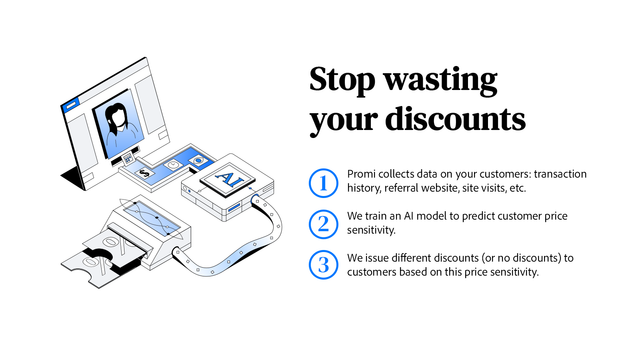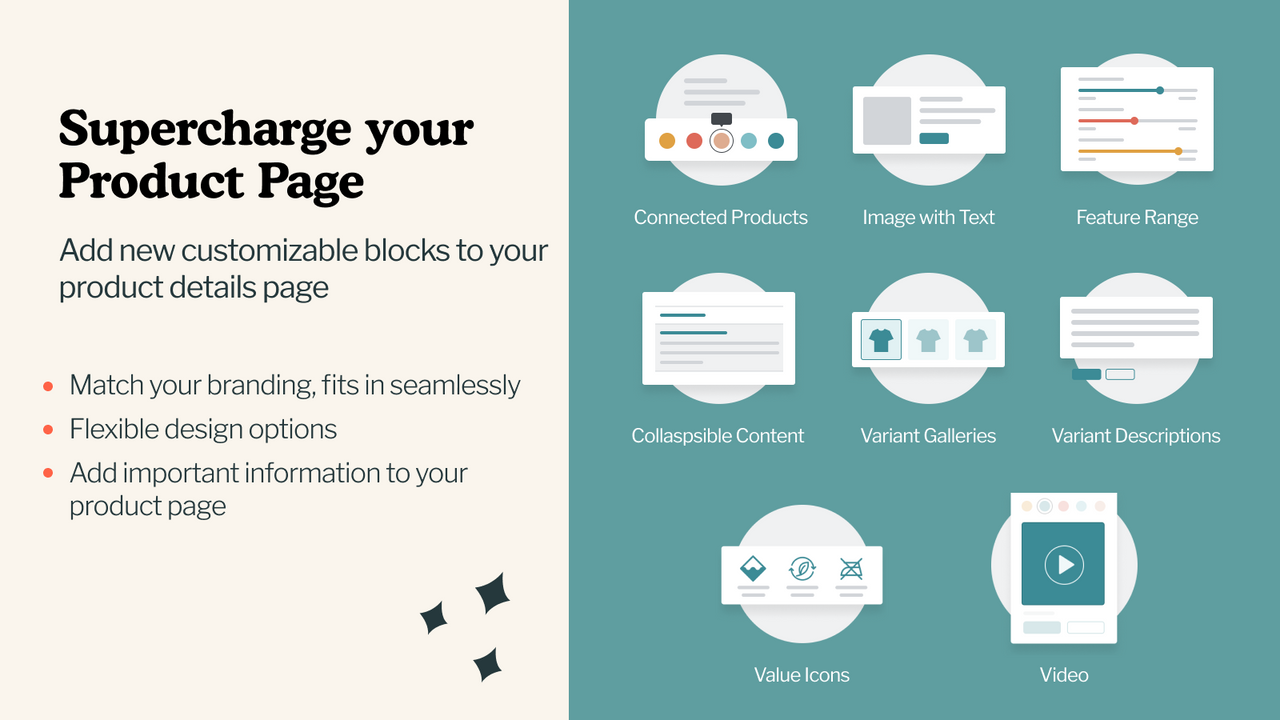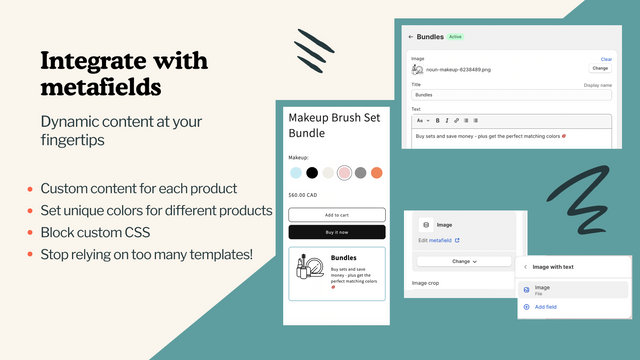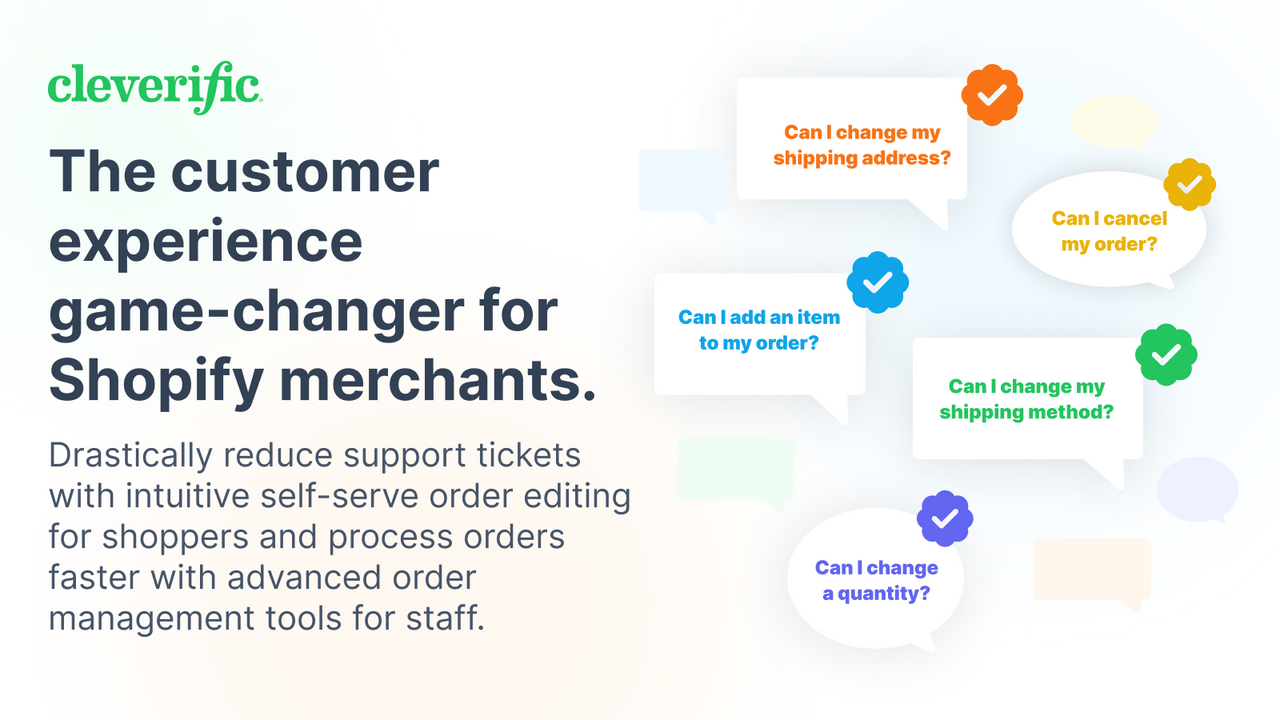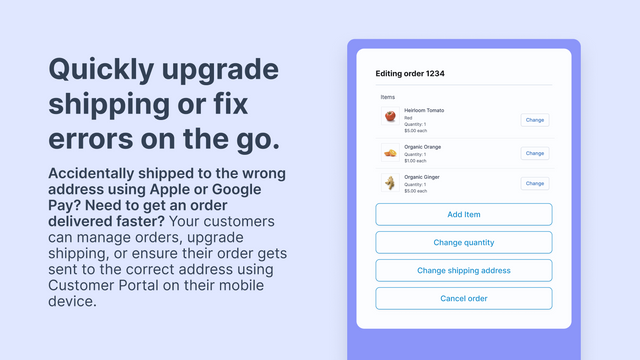Cross-selling is a vital strategy for retail stores looking to boost their sales and enhance customer satisfaction. By offering complementary products to customers, you can increase their average purchase value and encourage repeat business. In this article, we will explore effective cross-selling tips for stores, from understanding the concept of cross-selling to overcoming common challenges and measuring success.
Understanding the Concept of Cross-Selling
Defining Cross-Selling in Retail
In the retail industry, cross-selling refers to the practice of recommending or suggesting additional products or services that are related to a customer's initial purchase. The goal is to provide customers with additional value by meeting their needs or desires beyond their original intention.
One of the key aspects of successful cross-selling is understanding the customer's preferences and shopping behavior. By analyzing data such as past purchases, browsing history, and demographic information, retailers can tailor their cross-selling strategies to offer personalized recommendations that are more likely to resonate with the customer.
The Importance of Cross-Selling for Business Growth
Cross-selling is crucial for driving business growth. It not only increases revenue but also strengthens customer relationships. By offering relevant cross-sell products, you can improve customer satisfaction and loyalty, leading to higher customer lifetime value and positive word-of-mouth recommendations.
Moreover, effective cross-selling can also help retailers optimize their inventory management. By promoting complementary products together, retailers can strategically manage their stock levels and ensure a balanced product assortment that meets customer demand. This can lead to increased sales opportunities and reduced inventory costs, ultimately contributing to improved profitability.
The Art of Identifying Cross-Sell Opportunities
Recognizing Potential Cross-Sell Products
Identifying products that naturally complement each other is key to successful cross-selling. Analyzing your product inventory and understanding customer preferences can help you determine which products are likely to be attractive to your customers in conjunction with their initial purchase.
For example, if you run a skincare company and a customer purchases a moisturizer, you may want to cross-sell a gentle cleanser or sunscreen. These products complement each other in a skincare routine, increasing the value of the customer's purchase while also enhancing their overall experience with your brand.
Leveraging Customer Purchase History for Cross-Selling
Utilizing customer purchase history data is an effective way to identify cross-selling opportunities. By analyzing past purchases, you can gain insights into customer preferences and buying patterns, allowing you to make personalized recommendations that are more likely to resonate with individual customers.
For instance, if a customer has previously bought a camera from your electronics store, you could cross-sell accessories such as a camera bag, memory card, or tripod. By leveraging their purchase history, you can anticipate their needs and offer relevant products that enhance their overall photography experience.
Strategies for Successful Cross-Selling
Training Staff for Effective Cross-Selling
Properly training your staff is crucial to ensure successful cross-selling. Educate them about the benefits and techniques of cross-selling and provide practical training on how to approach customers, make relevant suggestions, and handle objections. Encourage a customer-centric approach and ensure that staff members are knowledgeable about your product range.
Furthermore, it is essential to instill in your staff the importance of active listening during customer interactions. By truly understanding the needs and preferences of each customer, your staff can tailor their cross-selling efforts effectively. Role-playing exercises and continuous feedback sessions can help employees hone their cross-selling skills and build confidence in engaging with customers.
Using Technology to Boost Cross-Selling
Embracing technology can significantly enhance your cross-selling efforts. Implementing customer relationship management (CRM) systems and advanced analytics tools allows you to gather and analyze customer data, enabling you to create personalized offers and automate cross-selling suggestions. This technology can also help you track the effectiveness of your cross-selling strategies and make data-driven improvements.
In addition to CRM systems, leveraging artificial intelligence (AI) and machine learning can take your cross-selling initiatives to the next level. These technologies can predict customer behavior and preferences, enabling you to anticipate their needs and offer relevant products or services proactively. By harnessing the power of AI, you can create a seamless and personalized cross-selling experience for your customers, ultimately driving higher conversion rates and customer satisfaction levels.
Overcoming Common Cross-Selling Challenges
Avoiding Over-Promotion in Cross-Selling
While cross-selling is beneficial, it is important to strike the right balance and avoid over-promotion. Bombarding customers with multiple offers can lead to decision fatigue and overwhelm. Focus on offering relevant and targeted suggestions that genuinely add value to the customer's purchase, rather than overwhelming them with too many options.
One effective strategy to avoid over-promotion in cross-selling is to leverage customer data and purchase history. By analyzing past purchases and understanding customer preferences, you can tailor your cross-selling recommendations to align with their interests. This personalized approach not only enhances the customer experience but also increases the likelihood of successful cross-selling.
Maintaining Customer Trust While Cross-Selling
Building and maintaining customer trust is crucial in cross-selling. Be transparent about your suggestions and ensure that they align with the customer's needs and interests. Avoid pushing irrelevant products or engaging in aggressive sales tactics. Establishing trust will help you build long-term customer relationships and increase their willingness to accept cross-selling offers.
Another key aspect of maintaining customer trust in cross-selling is to provide exceptional post-purchase support. By offering assistance, guidance, and follow-up communication after a cross-sell, you demonstrate your commitment to customer satisfaction and reinforce their trust in your recommendations. This proactive approach not only strengthens the customer relationship but also encourages repeat business and referrals.
Measuring the Success of Your Cross-Selling Efforts
Key Performance Indicators for Cross-Selling
Measuring your cross-selling efforts allows you to assess their effectiveness and make data-driven improvements. Some key performance indicators (KPIs) to consider include cross-sell conversion rate, average order value, and customer satisfaction levels. Regularly track these metrics to evaluate the impact of your strategies and identify areas for optimization.
Continuous Improvement in Cross-Selling Strategies
Cross-selling is an ongoing process that requires continuous improvement. Regularly analyze the results of your cross-selling initiatives and iterate your strategies based on customer feedback and evolving market trends. Be open to experimentation and adapt your approach to ensure that you stay relevant and meet changing customer preferences.
Enhancing your cross-selling efforts involves a deep understanding of customer behavior and preferences. By segmenting your customer base and tailoring your cross-selling strategies to specific segments, you can increase the relevance of your offers and improve conversion rates. Utilizing customer data and predictive analytics can also help you anticipate customer needs and offer personalized cross-selling suggestions.
Furthermore, integrating your cross-selling efforts across various channels, such as online platforms, mobile apps, and in-store interactions, can create a seamless and consistent customer experience. By providing relevant cross-selling recommendations at different touchpoints, you can enhance customer engagement and drive additional sales.
Ready to take your cross-selling strategies to the next level? Let Owlfred, your wise companion from OwlMix, guide you through our extensive directory of innovative Shopify apps. Whether you're looking to enhance customer engagement, streamline your inventory, or boost your marketing efforts, we have the tools you need to succeed. Find your next Shopify app with OwlMix and watch your online business flourish. Join us on this exciting journey and let your e-commerce experience soar with the best Shopify apps curated just for you.




